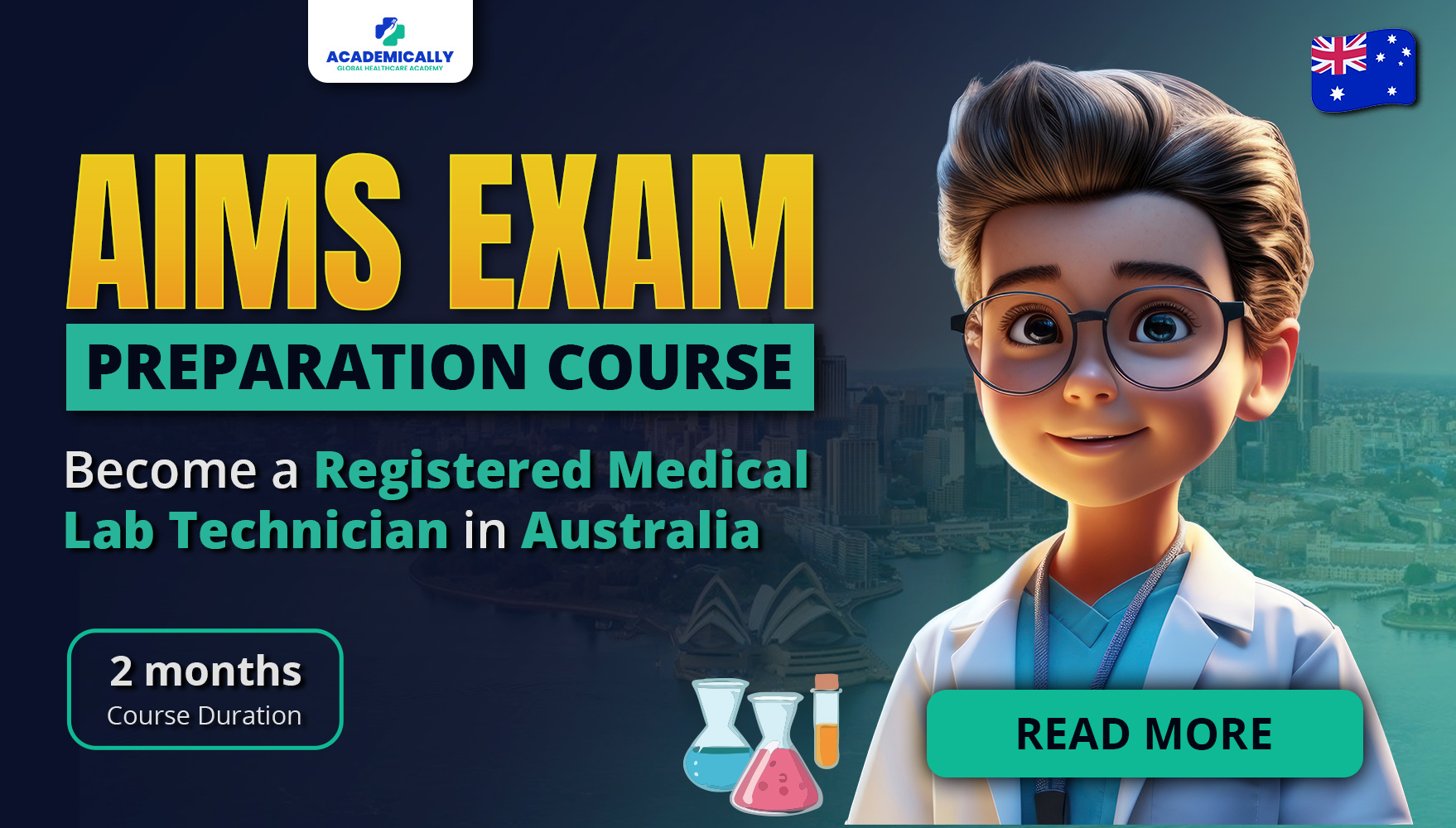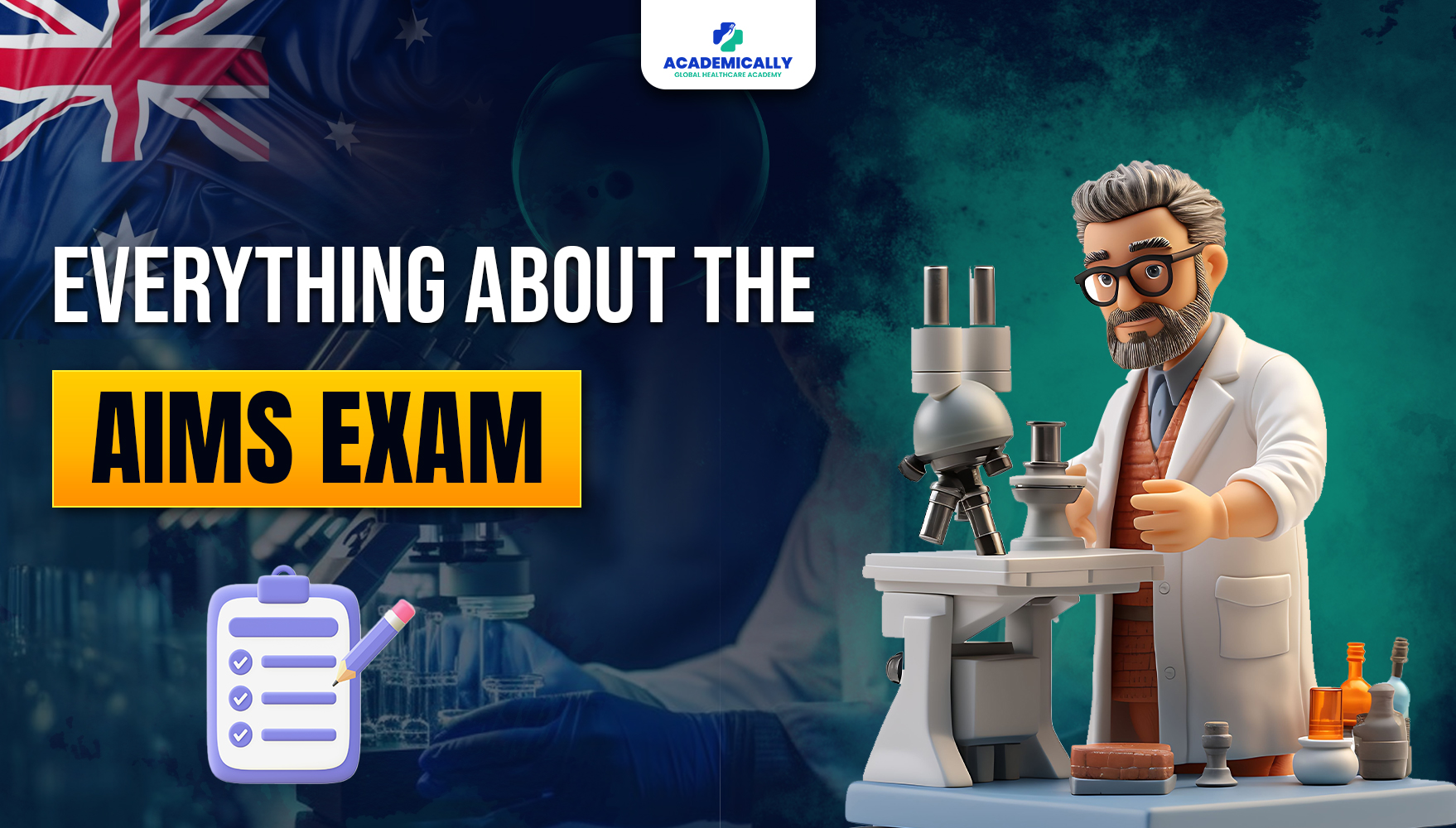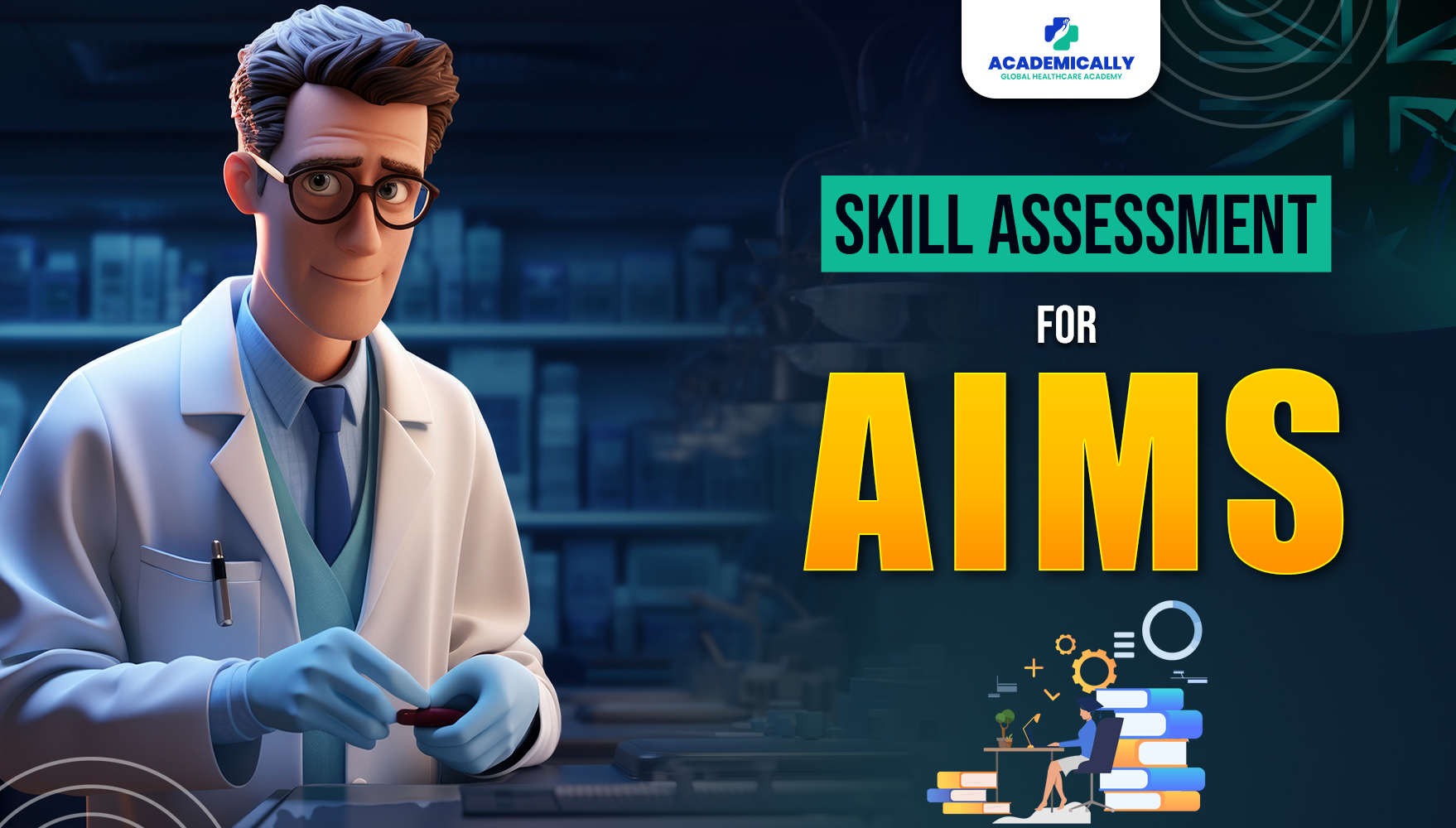Understanding the AIMS Exam
The AIMS Exam serves as a benchmark for assessing the competency of laboratory professionals in Australia.
This examination is a fundamental milestone for individuals aspiring to attain certification in Australia, evaluating their proficiency in scientific principles, diverse laboratory techniques, and the practical application of these skills.
It assesses candidates' readiness to meet the standards for a successful career as certified medical laboratory scientists in the Australian healthcare system.

Exam Syllabus
The exam syllabus encompasses a broad range of subjects crucial to the field, including laboratory science, biochemistry, hematology, microbiology, and other relevant topics.
A thorough understanding of the exam's structure and content is paramount for success. By familiarising yourself with these diverse subjects, you lay the foundation for a comprehensive grasp of the material, increasing your preparedness to tackle the exam effectively.
The AIMS Professional Examination encompasses seven distinct sections, namely:
- Anatomical Pathology
- Chemical Pathology
- Genomic Pathology
- Haematology, Immunopathology
- Medical Microbiology
- Transfusion Science
Completing this comprehensive examination opens avenues for candidates to qualify as Medical Laboratory Scientists in the skilled occupation category.
Furthermore, success in the examination grants eligibility for Professional Membership with the Australian Institute of Medical Scientists (AIMS), solidifying one's standing as a recognised and proficient professional in the field.
Exam Pattern
The AIMS Professional Examination is a biannual held in March and September at various locations in Australia and internationally.
The AIMS exam consists of 150 multiple-choice questions, each requiring a single response. Candidates are allotted a three-hour timeframe to complete the test. To successfully pass, candidates need to provide 80 accurate answers.
Achieving this benchmark is essential for demonstrating proficiency and competence in the evaluated subject matter.
Eligibility for AIMS Exam
Eligibility is determined based on NOOSR educational assessment guidelines, comparing the candidate's medical laboratory technology degree to an Australian Associate Diploma from a Technical and Further Education college.
To qualify for the exam, applicants must:
- Hold a bachelor's degree in medical laboratory technology.
- Accumulate a minimum of two years of medical laboratory work experience within the five years preceding the assessment application.
- Demonstrate English language proficiency through IELTS, OET, or PTE.
Steps for the AIMS Exam
Language Proficiency Verification
Aspiring medical laboratory technicians in Australia must showcase their English language proficiency as part of the AIMS exam application. Evidence of proficiency can be presented through tests such as IELTS, OET, or PTE.
Submission of Supporting Documents
Applicants are required to submit relevant supporting documents along with their assessment application. AIMS meticulously verifies these documents to ensure their authenticity.
Comprehensive Skills Assessment
Following the initial steps, the Australian Institute of Medical and Clinical Scientists undertakes a thorough skills assessment. This comprehensive evaluation considers educational qualifications, work experience, and language proficiency. Candidates are notified of their assessment results through mail upon completion of this process.
Role of Lab Technicians
First things first, medical laboratory scientists play a crucial role in the healthcare system, conducting various tasks to support accurate diagnoses and treatment decisions. Their responsibilities include-
Interpret Test Results
Provide insights to healthcare professionals regarding test outcomes, offering recommendations for diagnosis and treatment based on laboratory findings.
Sample Analysis
Examine samples for consistency, composition, and abnormalities, using specialised equipment and techniques to ensure precise and reliable results.
Equipment Maintenance
Keep laboratory instruments in optimal condition, performing minor repairs when necessary to guarantee the accuracy and efficiency of diagnostic procedures.
Operate Instruments
Utilise microscopes and other advanced equipment to conduct tests and scrutinise samples, helping to identify and understand medical conditions.
Sample Reception
Receive and process tissue and various samples for experimentation and analysis, maintaining strict protocols to avoid contamination and ensure accurate results.
Regulatory Compliance
Collaborate with occupational health authorities to uphold laboratory standards, ensuring compliance with codes and regulations for a safe and effective working environment.
Benefits of Becoming a Lab Technician in Australia
Becoming a lab technician in Australia comes with various benefits, including:
High Demand for Skilled Professionals: Australia has a consistent demand for skilled lab technicians, providing ample job opportunities in various healthcare and research settings.
Competitive Salaries: Lab technicians in Australia receive competitive salaries, reflecting the importance of their role in the healthcare system.
Excellent Work-Life Balance: Australia values work-life balance, and lab technicians typically enjoy reasonable working hours, allowing for a fulfilling personal life.
State-of-the-Art Facilities: Working in Australia often means access to modern and well-equipped laboratories, enabling lab technicians to stay at the forefront of technological advancements in their field.
Diverse Work Environments: Lab technicians can find employment in hospitals, research institutions, private laboratories, and other healthcare facilities, offering diverse and rewarding work environments.
Opportunities for Career Advancement: Australia provides opportunities for career growth, with options to specialise in various areas of laboratory science or advance into supervisory or managerial roles.
Quality Healthcare System: Lab technicians contribute to a robust healthcare system in Australia, and being a part of it allows professionals to make a significant impact on patient care and medical research.
Networking Opportunities: Working in Australia provides lab technicians with opportunities to connect with professionals in their field, fostering collaboration and knowledge exchange.
Education and Training Opportunities: Australia offers continuous education and training opportunities, allowing lab technicians to stay updated on the latest advancements in medical laboratory science.
Quality of Life: With its high standard of living, beautiful landscapes, and multicultural society, Australia offers an excellent quality of life for individuals and their families.
Conclusion
For those envisioning a career abroad, diligent preparation for the AIMS Exam is crucial. This involves not only mastering the exam's content but also gaining practical experience and adhering to ethical guidelines.
Aspiring candidates should consider pursuing additional certifications or skills that align with international standards, thereby broadening their appeal to employers on a global scale.
In essence, the AIMS Exam serves as a bridge to international opportunities for lab technicians in Australia.
By approaching the examination with dedication, professionals can position themselves as competent and globally competitive candidates, opening doors to a diverse range of career prospects in the ever-evolving field of medical laboratory science.
Fill up this form for a free one on one counselling session.




